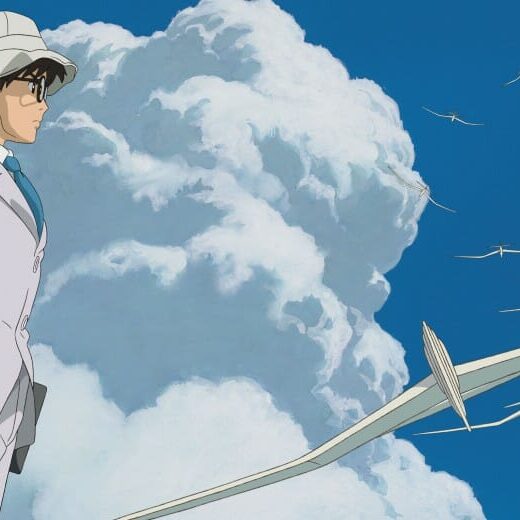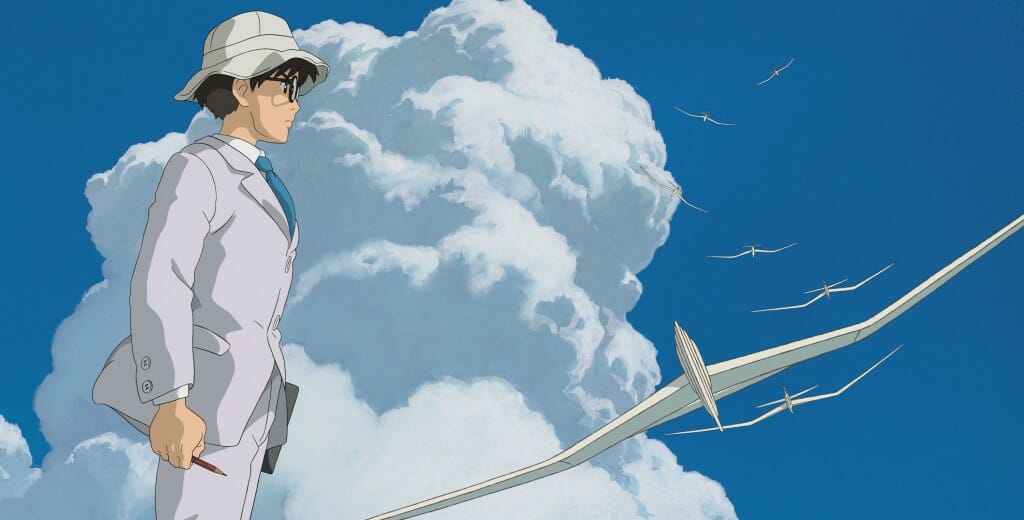
Catching air
The Wind Rises chronicles Japanese resilience through years of historical and cultural turbulence
Spirited away, Ponyo, and other kid-friendly releases from the beloved Studio Ghibli must have lured me into a comfortable, safe world of fantasy and family foibles, because the latest film from animation icon Hayao Miyazaki is a harshly real sting of cold water in the face of such pleasantries.
A highly fictionalized biography of engineer and aircraft designer Jiro Horikoshi—responsible for a model of plane used in WWII kamikaze attacks—The Wind Rises chronicles Japanese resilience through years of historical and cultural turbulence.
Jiro is a classic Miyazaki hero. He is quiet and restrained, kind and dedicated, and highly moral without being moralistic. While it would be easy to root for Jiro along his beautifully rendered path through childhood in the countryside and his studies as an engineer in developing 1920s Tokyo, the dark future of Jiro’s work, and his dedication to a craft that leads directly to use in war, make him a difficult figure. In this Ghibli film, there is no transcendent escapism offered by lush landscapes or cheery folk figures. We stay firmly implicated in our own world and its problems, caught by conflict and conscience.
The Wind Rises is a mature work, and not simply because Miyazaki has claimed to enter retirement from his studio. There is a depth and cynicism here that differs from darker works like Nausicaa or Princess Mononoke. War and the relationship of innocence to atrocity have been subjects lurking through much of the Ghibli filmography, but in Jiro’s story there is an implication of personal accountability and morality that is painful and adult.







